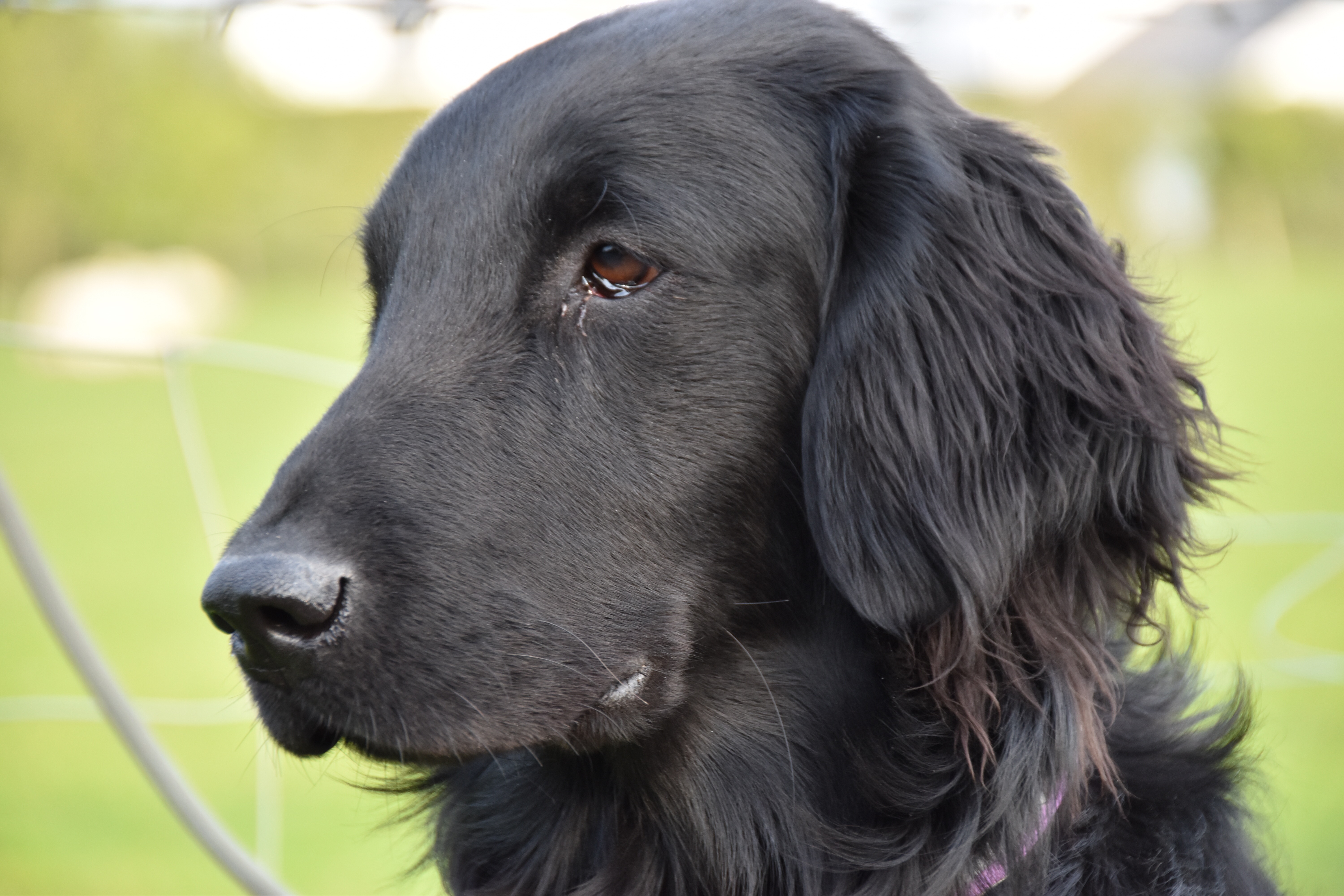
The Japanese Akita – Profile – Health – Akita s – Information you can use
The Japanese Akita
Dog breed info
Japanese Akita
Weight: 65 — 115 lbs
Height: 23” — 28”
AKC Rank 2008 #50
Lifespan: 10—12 yrs
Group Working
Origin Japan
- Dog Health, Dog Illness, Medical Problems
Dog Breed Info – The Japanese Akita
Breed Overview
Original function: Hunting large game, dog fighting, guarding. Today, Police work, Security.They tend to be somewhat messy drinkers.
The modern Japanese Akite is the result of a nineteenth century effort to restore 7 Japanese dog breeds.
The Akite, largest of Japanese breeds, was restored using many breeds and mixed breeds used for fighting. The most honored dog of all time was Hachiko, who greeted his master every evening at the train station to accompany him home. His master died at work one day and Hachiko continued to return and wait for his master everyday until he died 9 years later in 1935.
The first of the breed arrived in America in 1937 when Helen Keller returned from Japan with several. Following WWII, servicemen came home from Japan with these dogs. The popularity of the breed grew slowly until the AKC registered it in 1972.
These dogs are trainable but it should be done by a professional who has a lot of experience. The breed is very dominant and needs a firm approach. If you want to train the dog yourself, the best way is with clicker training and positive reinforcement. Proper handling as a puppy helps too. Either way, this dog must be properly trained! After training, the new owner and family must maintain a firm upper hand and dominate the dog at all times.
Crate Training
Want to crate train your Japanese Akita puppy? It’s easy and if you’re interested, take a look and you’ll see what to do. Crate training your puppy will save many headaches and problems.
Potty Training
The Akite puppy can be difficult to house train, potty train, toilet train, housebreak or whatever you want to call it. If you have a puppy, decide if you want to crate or paper potty train it. For the best results, we have a page at Crate vs Paper Potty Training which will help you decide and from there you can get all the information you need to get the job done. Always praise the pup profusely when she goes potty in the RIGHT PLACE so she knows she has done a good thing. Either method will work for this breed.
If you have an older dog, take the dog outside every two hours until she gets the idea which door leads to her potty area. Older dogs catch on to the potty or housebreaking pretty fast once they are shown what to do.
Akita at the waters edge
As befitting it’s spitz-like heritage, the Japanese Akita is bold, independent, stubborn and tenacious. It MUSTY be heavily socialized starting very young (3 – 4 weeks) and continued on through life. The breed needs a dominant owner who understands the alpha dog “pack leader” approach to managing aggressive dogs. Demonstrative to it’s family, it is extremely devoted and will protect family members. It is reserved toward strangers and can be aggressive toward other dogs. This dog can be domineering. This is not the breed for everyone, and not for the first time dog owner!
In the right hands, the Akita is an excellent companion.
If you happen to get an Akita with a separation anxiety problem, that can be dealt with by investing a few hours of work on your part and some “tough love.”
Friendly Toward Other Dogs?
Maybe. Guard dogs are wary and may be aggressive around strange dogs.
Friendly Toward Other Pets
Not always. Depends on the individual dog and his unique temperament.
Friendly Toward Strangers?
He does not always trust people he doesn’t know. This makes the Japanese Akita a good guard dog but can make it tricky if you invite friends over to visit. Use caution.
Playfulness
Moderately playful with family members.
An Akita out jogging on leash.
Reasonably affectionate for a big guard dog. The Akita is mostly business and would rather be hunting but he does love his family more than anything.
Older children who are family members.
Good with Seniors over 65?
No. Too big and needs too much exercise.
Living environment
House with large fenced yard where you can throw a ball or Frisbee and the dog can run and explore. Needs to live indoors with his family as he craves companionship with the people he has bonded with.
Energy level
Moderate, but the Akita MUST have adequate mental and physical; exercise. He needs a large, fenced yard and lots of fetch or other play time with running, jogging and long walks to tire him daily.
Given enough exercise, the Japanese Akita can be a quiet and well-mannered house dog.
Excellent. He was made for the job.
Yes, twice a year.
A stiff bristle brush is needed weekly to remove dead hair. Brush more often while shedding.
The book on the right is by the American National Red Cross and deals with dog emergencies, illnesses and injuries. It’s a valuable reference manual for all dog owners to keep handy foir those events you never see coming. ________________________________________________
In the event you decide to go looking for Akita puppies, be SURE to find reputable breeders that REALLY know what they are doing. Be sure the puppy has been VERY well socialized and started in obedience training. It’s not often that Akita puppies turn up in dog pounds and shelters but you might check anyway.
Japanese Akita Breeders with puppies for sale.
Akita Rescue
In the event you are seriously considering the adoption of an Akita and are looking for a Akita Rescue group or groups in your state, here are several links that might help:
Petfinder – Akita Rescue – (Nationwide)At this time, Petfinder has around 800 dogs listed for the USA so you might find what you need. If you adopt one, try to locate the dog health papers for possible future reference.
Adopt A Pet This is an interesting site but you still might want to go online and search for Akita Rescue groups, kennels or foster homes.
This is basically a healthy breed. Don’t let the list below scare you! Your own dog will probably never have ANY of these problems. These are dog illness and medical Problems this breed is prone to that have been listed by various veterinarians at different times over the past decade or so and some pertain to puppies and very young dogs that a breeder would deal with.
The information contained herein has been gathered from numerous books by veterinarians and is intended as general information only. Every dog and situation is different. You must see your vet. Our information is for general interest only and not intended to replace the advice provided by your own veterinarian.
-
Hip dysplasia – Hind end limping, back leg acts lame. Wear and time causes the femur to fit poorly into the pelvic socket with improper rotation causing great pain, lameness and difficulty walking for the Japanese Akita. You may notice the dog “hopping”” like a rabbit when running plus hesitating to climb stairs, all due to pain in the hind quarters. The problem actually starts as a very young puppy with an abnormal formation of the hip joint and grows progressively. A vet can locate this with a diagnostics test.

